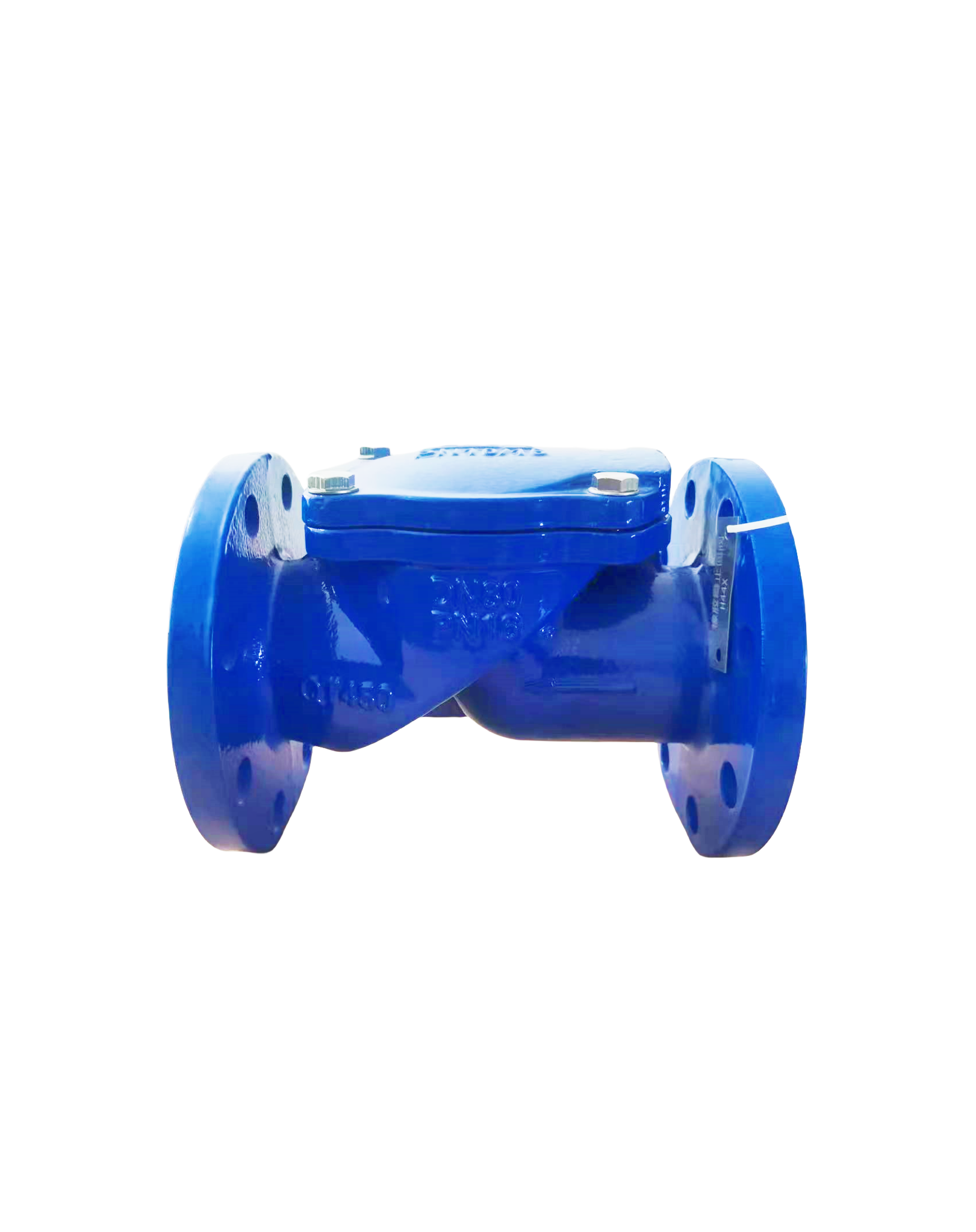В чем разница между резиновым захлопком и обратным клапаном?
Время выпуска:
Aug 18,2025
При выборе резинового обратного клапана следует отдавать предпочтение ситуациям с высокими требованиями к герметичности при низком давлении, возможным примесям в жидкости, низкому гидравлическому сопротивлению, гибкому направлению установки или низкой стоимости (например, муниципальное водоснабжение и водоотведение, очистка сточных вод и транспортировка твердых жидкостей). При выборе поворотного обратного клапана следует отдавать предпочтение системам высокого давления, чистым жидкостям, большим диаметрам, требованиям к длительному сроку службы и прочной конструкции, а также ситуациям, не требующим строгих требований к герметичности при низком давлении (например, промышленные паровые системы, выходы насосов чистой воды, котельные системы).

Core structure and valve disc:
Rubber flap check valve: The core component is a rubber valve flap (or multiple) with a metal frame or reinforcing ribs. This valve disc is usually disc-shaped or duckbill shaped, with the flexible rubber part directly serving as the sealing surface. When the valve is closed, the rubber disc deforms as a whole under the back pressure and tightly adheres to the valve seat.
Swing check valve: The core component is a circular or semi-circular valve disc (disc) made of metal (cast iron, cast steel, stainless steel, etc.) or hard plastic. This valve disc is connected to a rocker arm through hinge pins or bearings, and the rocker arm is fixed inside the valve body. When the valve is closed, the valve disc rotates around the axis like a door and swings back to the valve seat, mainly relying on gravity (or spring assistance) and fluid back pressure to close.
Working principle and action:
Rubber flap check valve: Positive fluid pressure overcomes the elasticity of rubber and the weight of the valve flap, pushing the rubber flap to open and deform, allowing fluid to pass through. When the forward flow stops or reverse flow occurs, the elastic deformation of the rubber causes it to quickly rebound, coupled with the effect of reverse flow pressure, making the entire rubber disc flat and cover the valve seat, achieving sealing.
Swing check valve: Positive fluid pressure pushes the valve disc to rotate around the hinge axis and open (usually opening between 45 ° -90 °). When the forward flow slows down or stops, the valve disc begins to fall under its own gravity (and possible spring force). The reverse flow pressure will accelerate the closure of the valve disc and cause it to rotate back to the valve seat. The closing action is mainly swinging.
Sealing performance:
Rubber flap check valve: Excellent low-pressure sealing performance. Rubber material has elasticity and can adapt well to small unevenness on the valve seat surface, forming a tight line or surface contact seal, which can effectively seal even under very low reverse pressure difference. The sealing effect largely depends on the performance and quality of the rubber.
Swing check valve: It has good high-pressure sealing performance. Its seal is a hard seal between the metal (or hard) valve disc and the metal (or hard) valve seat. Under low pressure or small pressure differentials, the sealing effect may not be as good as that of rubber discs, as it relies on the self weight of the valve disc to adhere. The sealing effect is more sensitive to the machining accuracy and wear of the valve disc and seat. Usually, a higher pressure difference is required to achieve a low-pressure sealing effect comparable to that of rubber flaps.
Fluid adaptability:
Rubber flap check valve: very suitable for solid particles, fibers, mud or viscous liquids. The soft rubber valve disc can accommodate a certain amount of impurities, is not easily stuck or damaged, and can also wash away some attachments when closed. The rubber material itself also provides a certain degree of corrosion resistance (depending on the type of rubber).
Swing check valve: more suitable for relatively clean liquids. Suspended solid particles are prone to getting stuck between the valve disc and seat, causing seal failure or hindering valve closure. Particles may also wear down the hinge pin and valve seat sealing surface. Although corrosion resistance can be achieved through material selection, hard seals are more sensitive to impurities.



